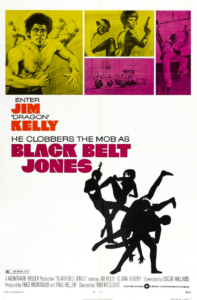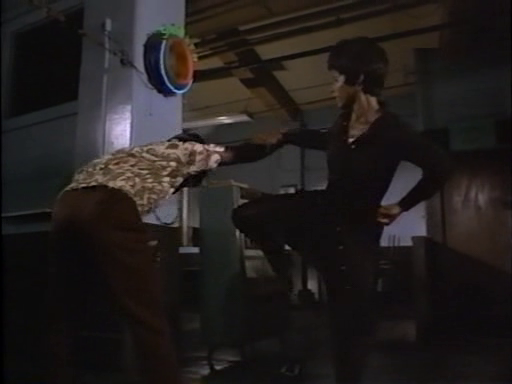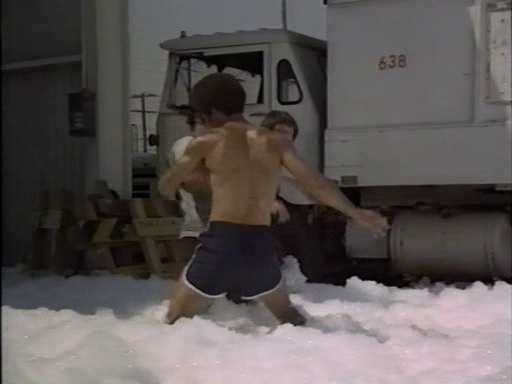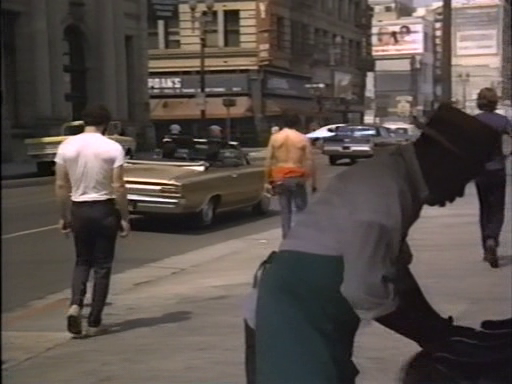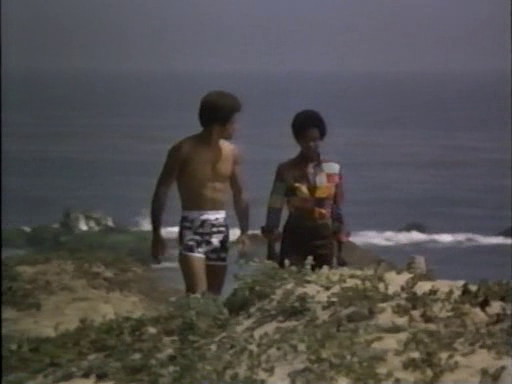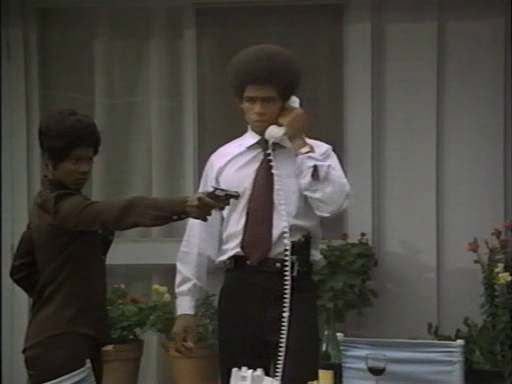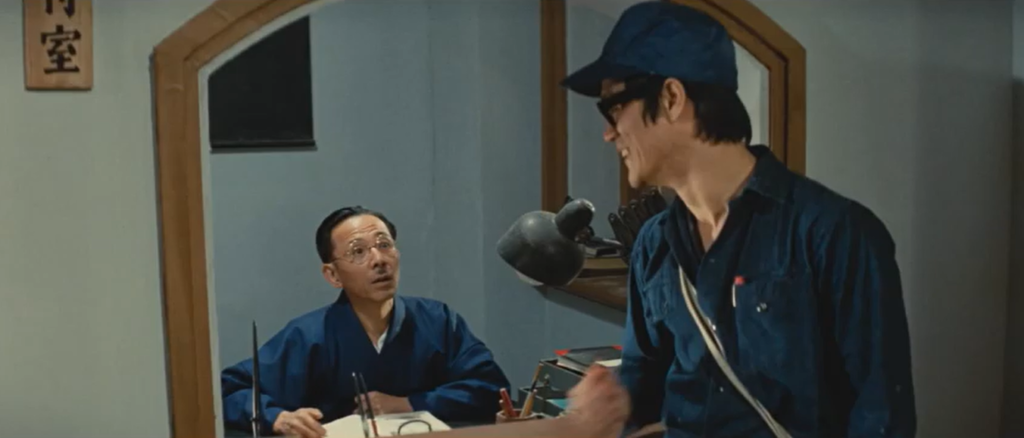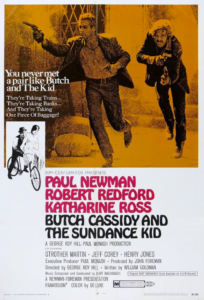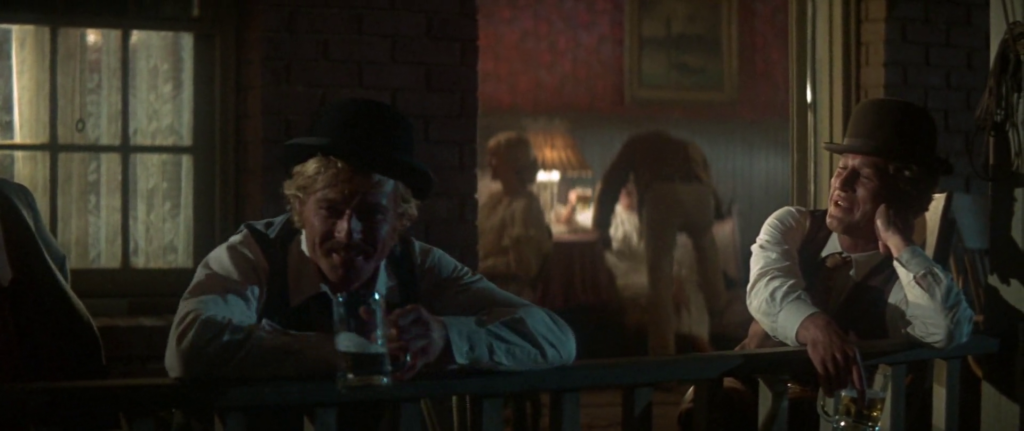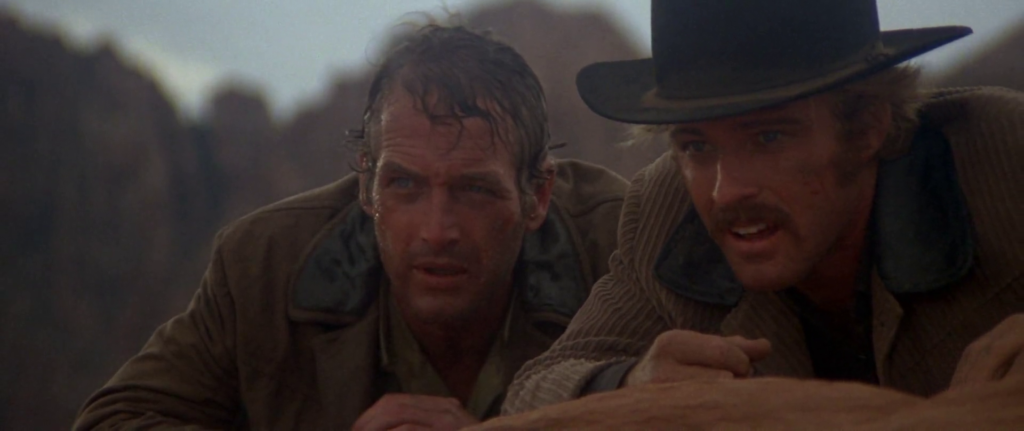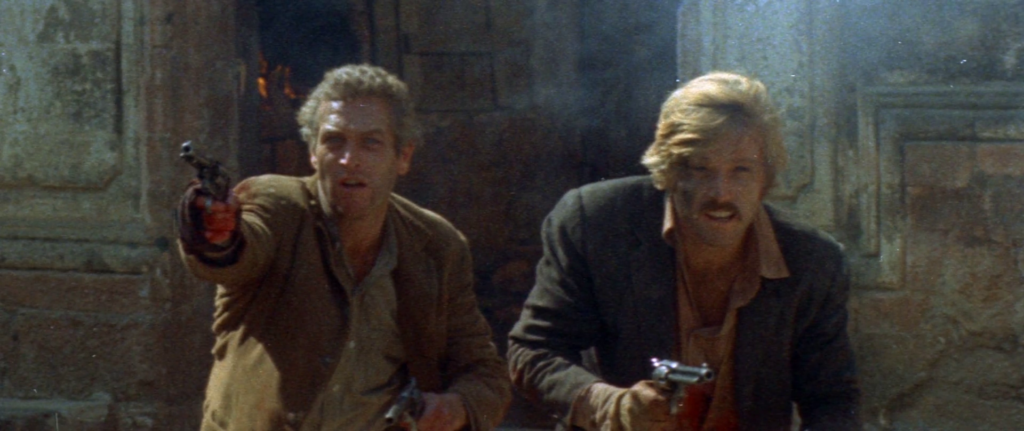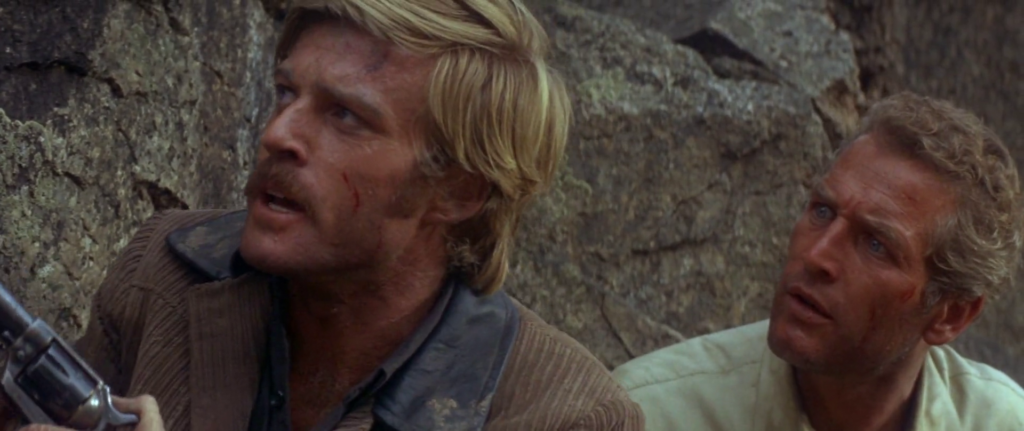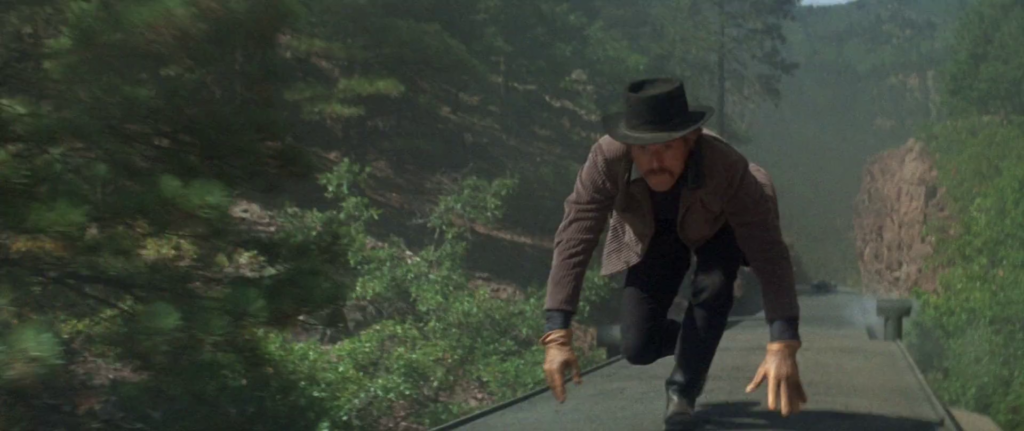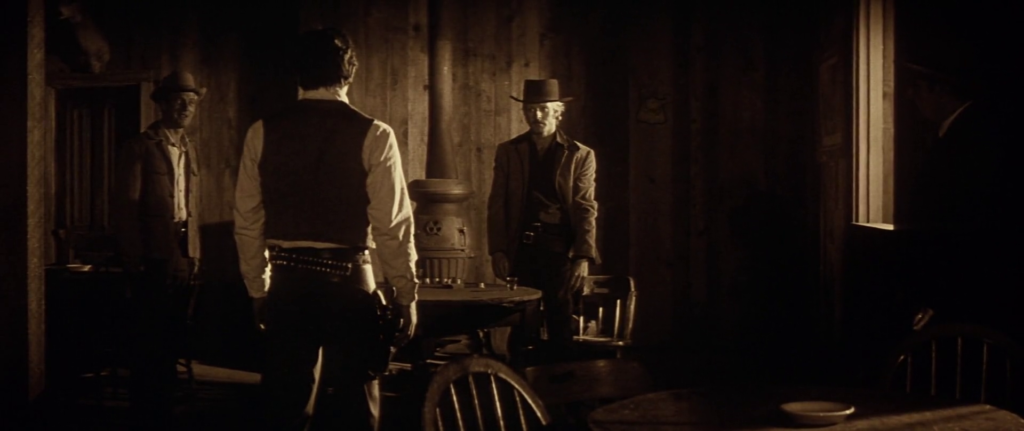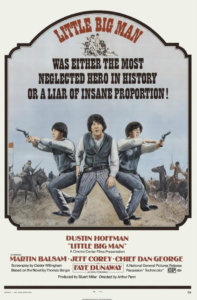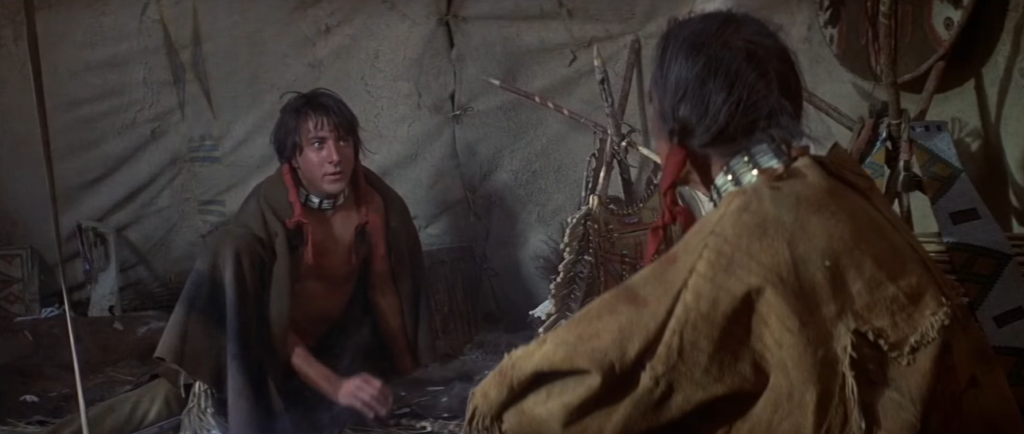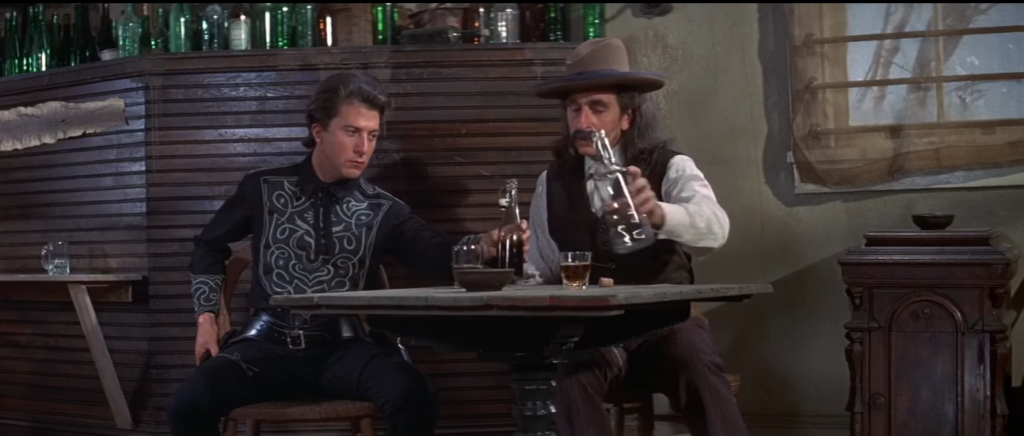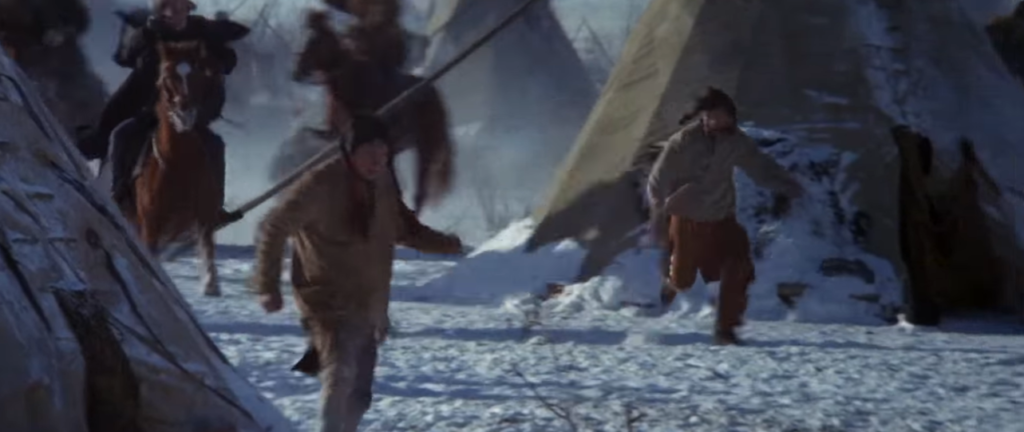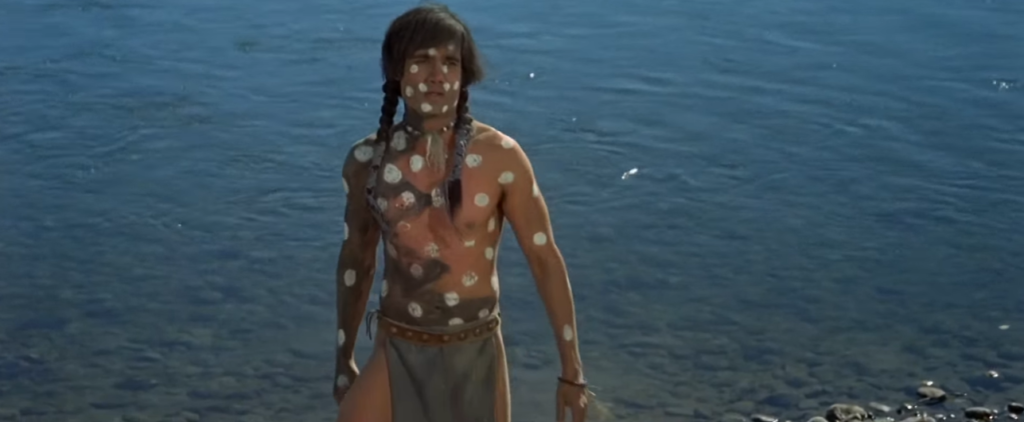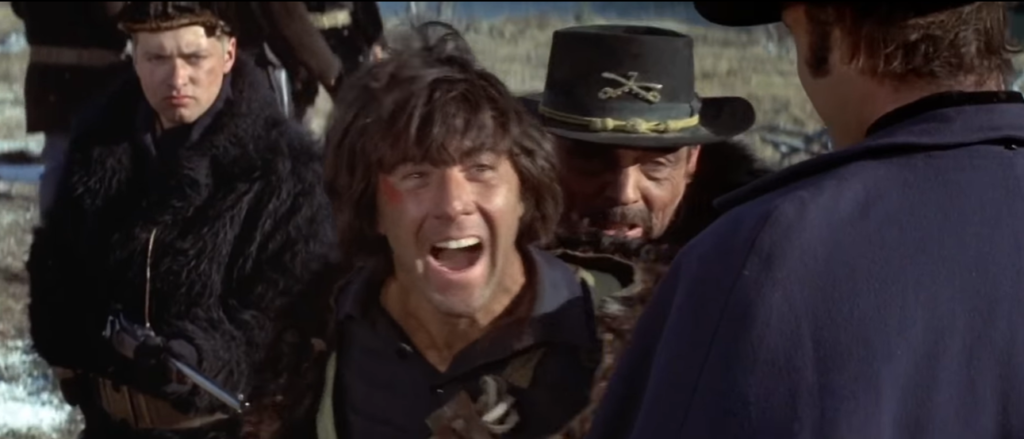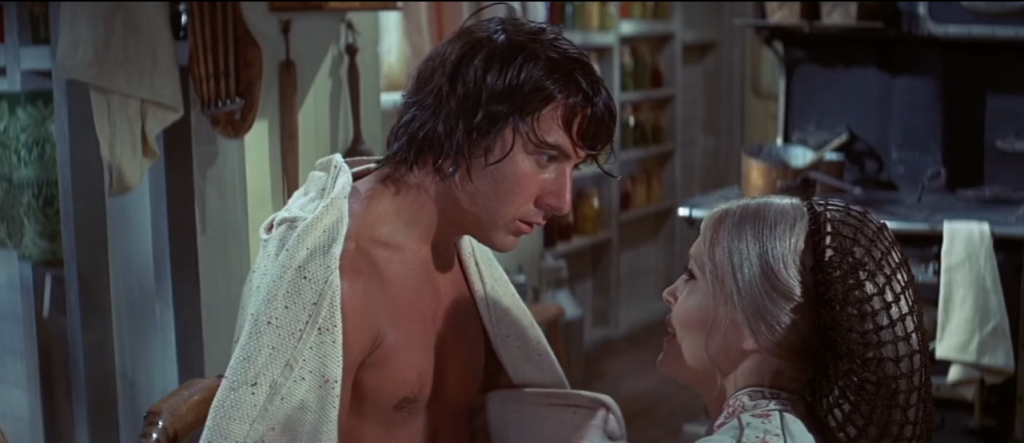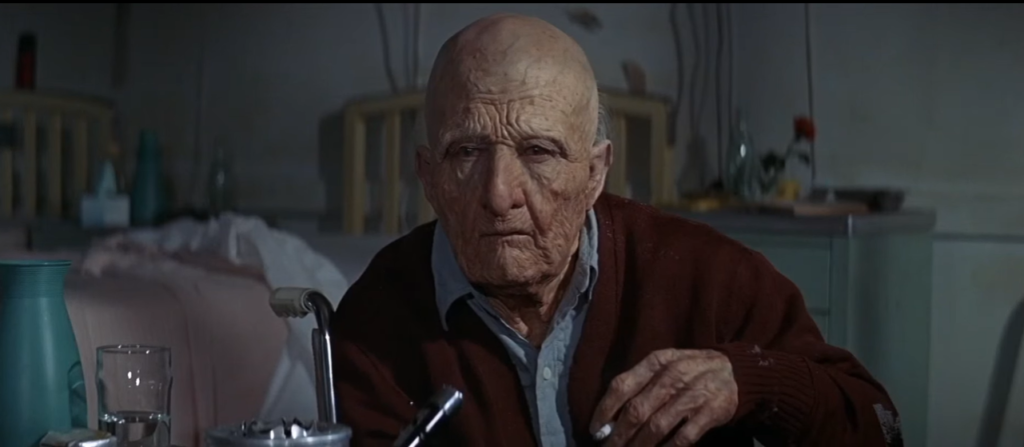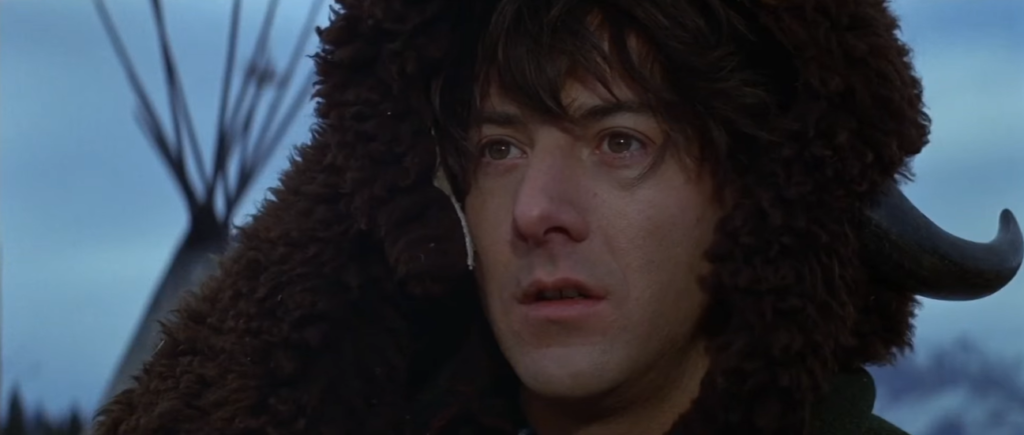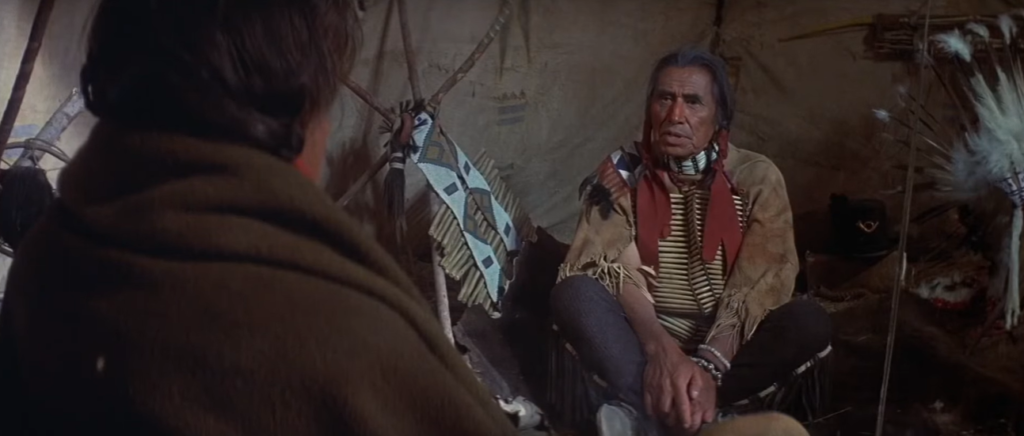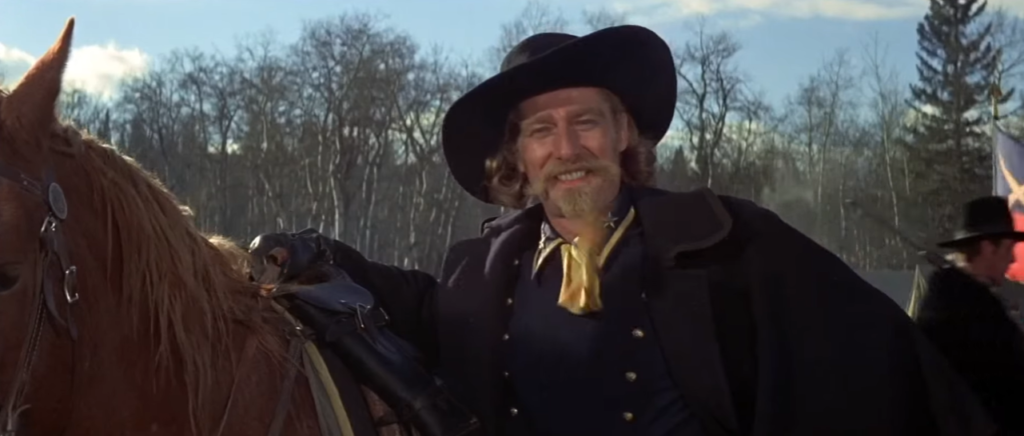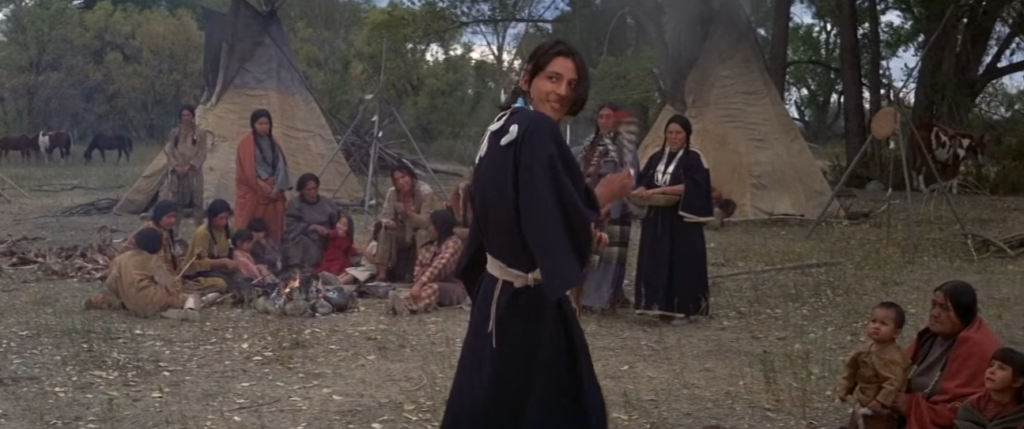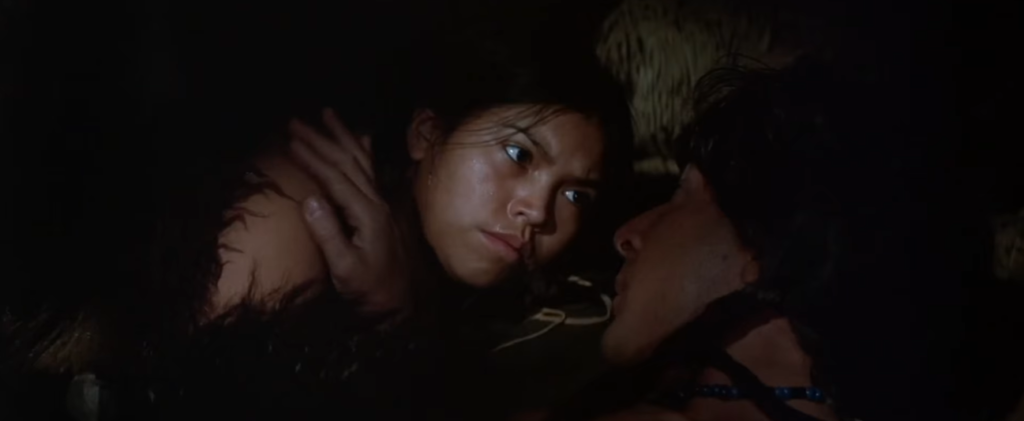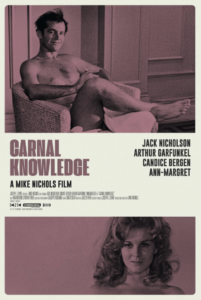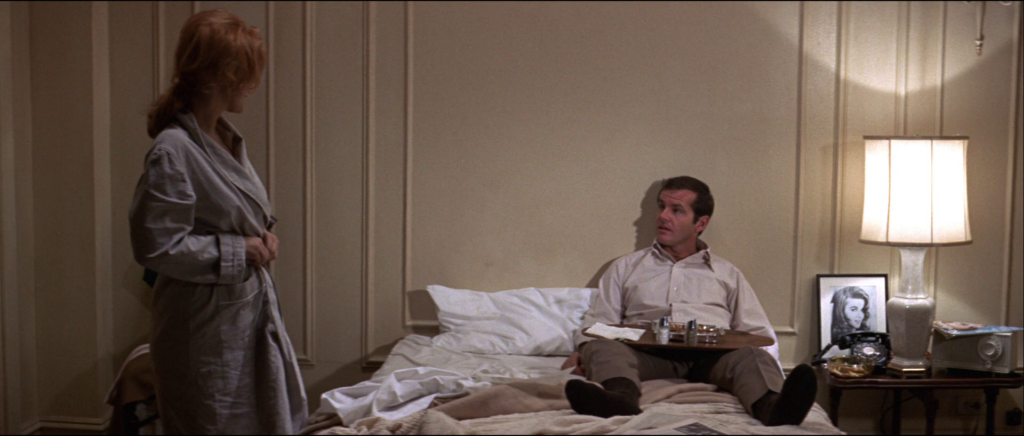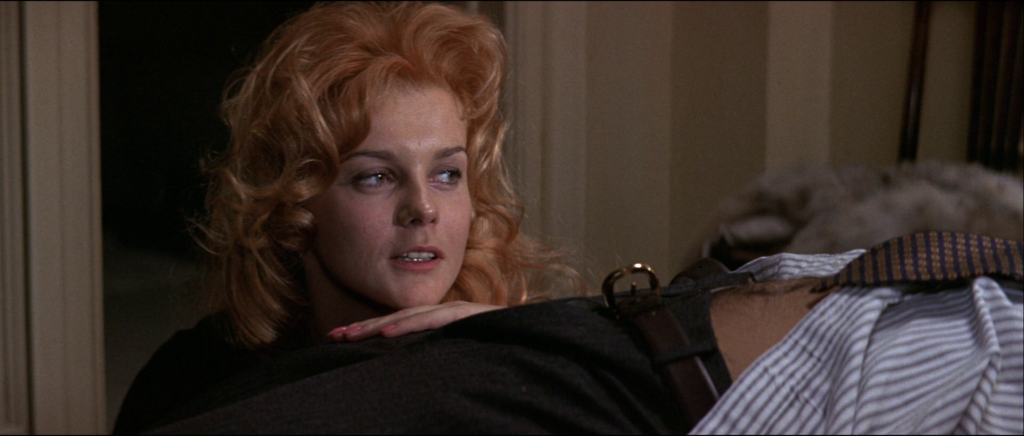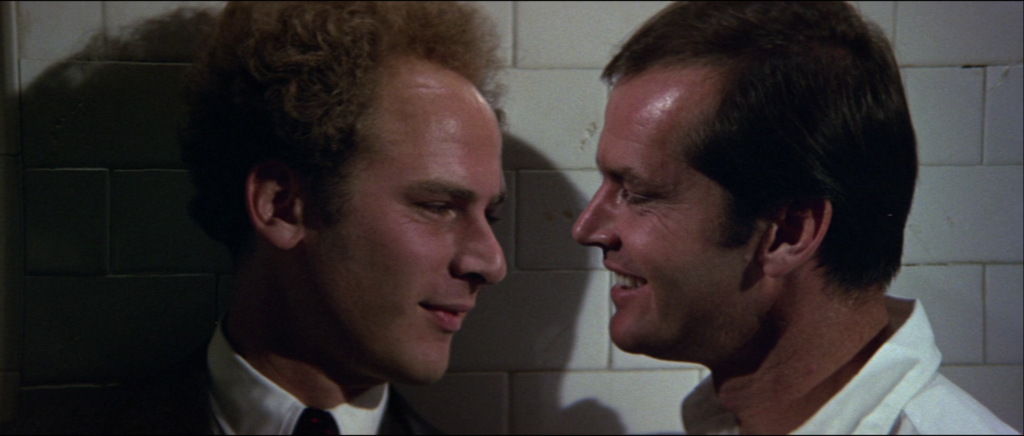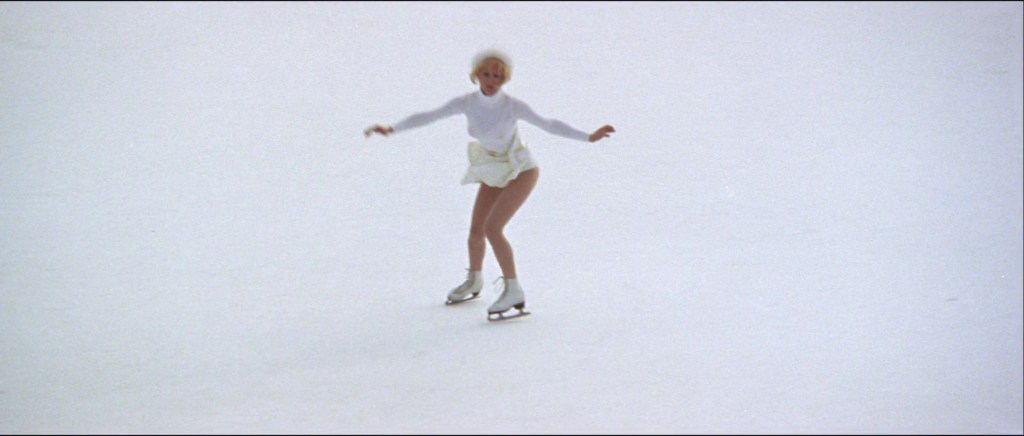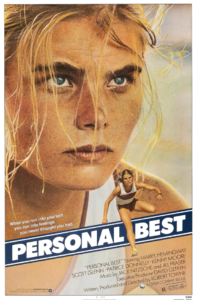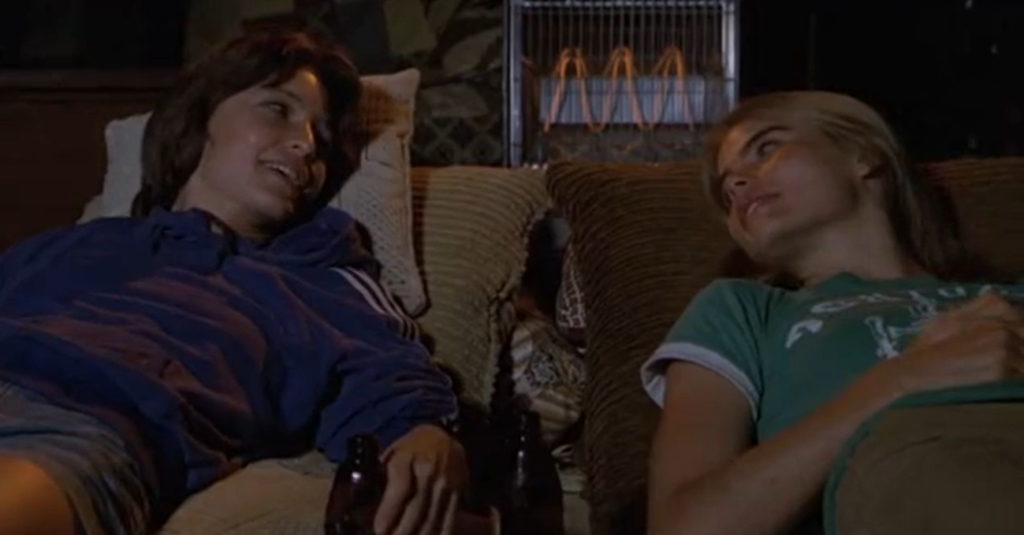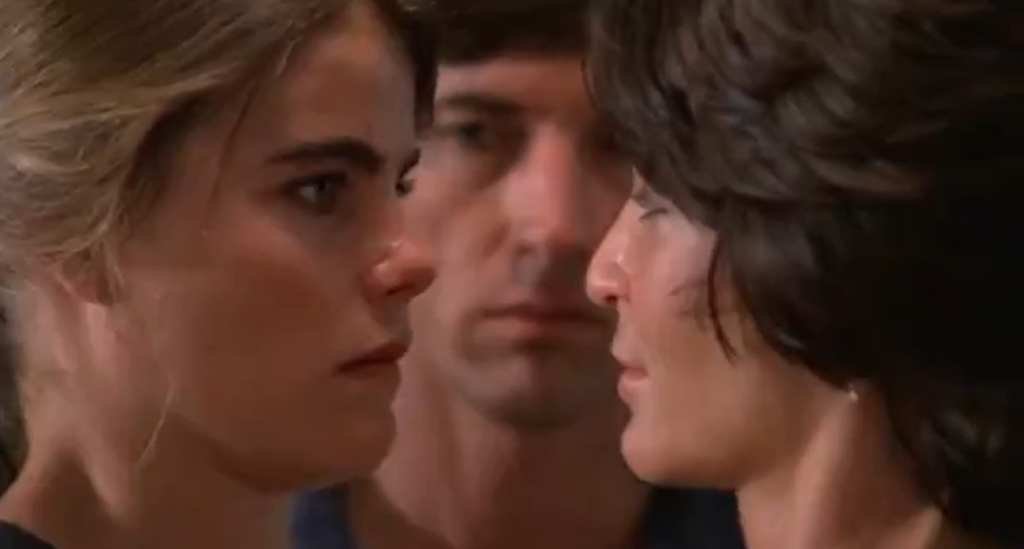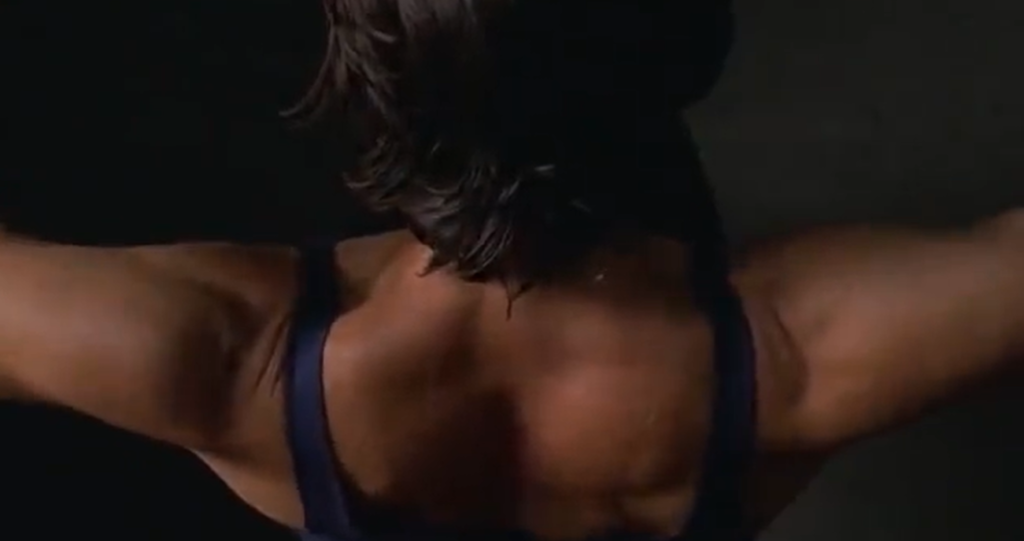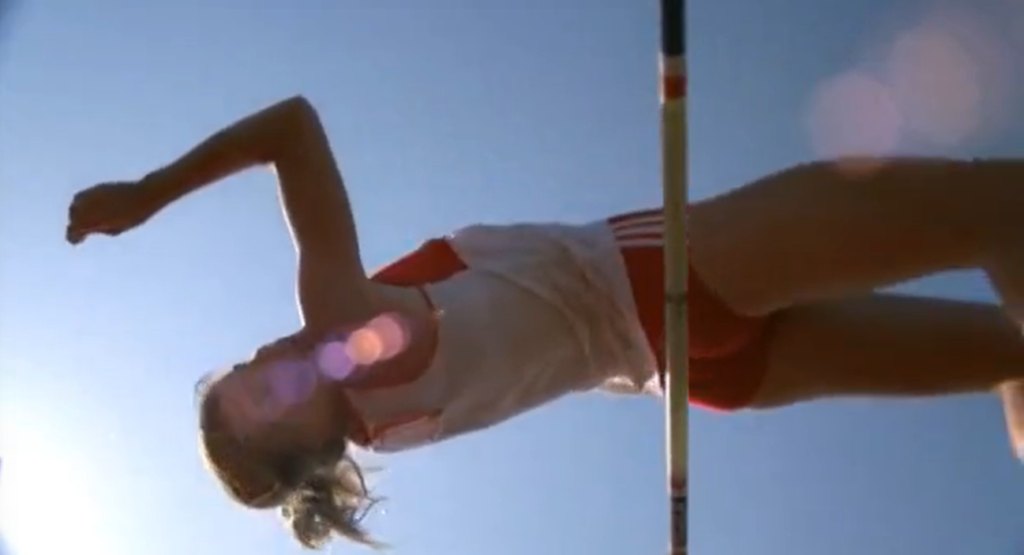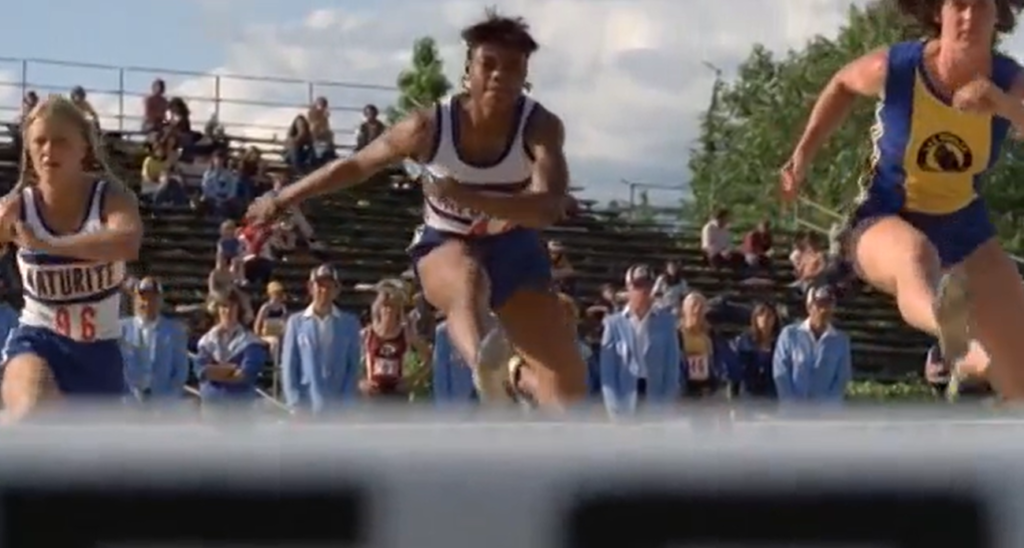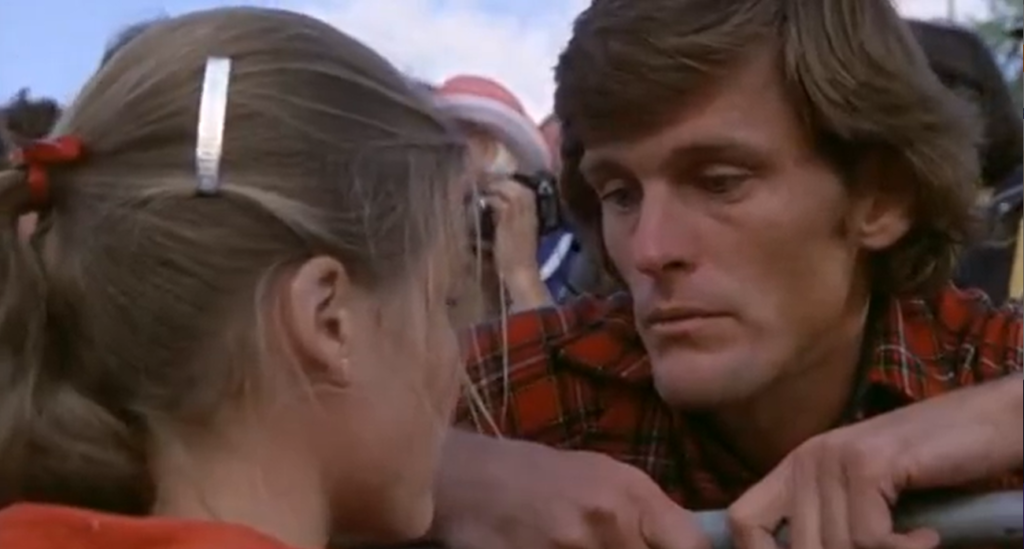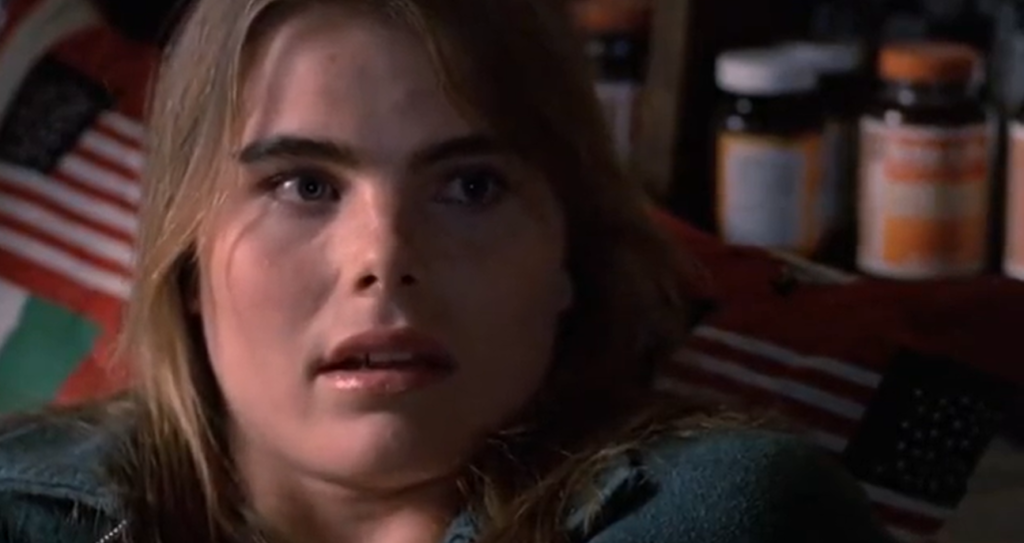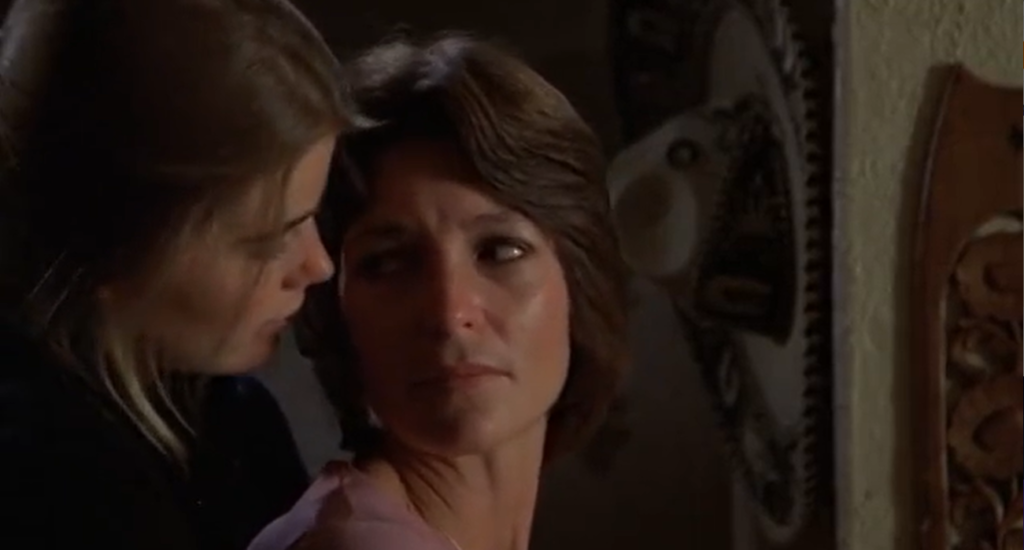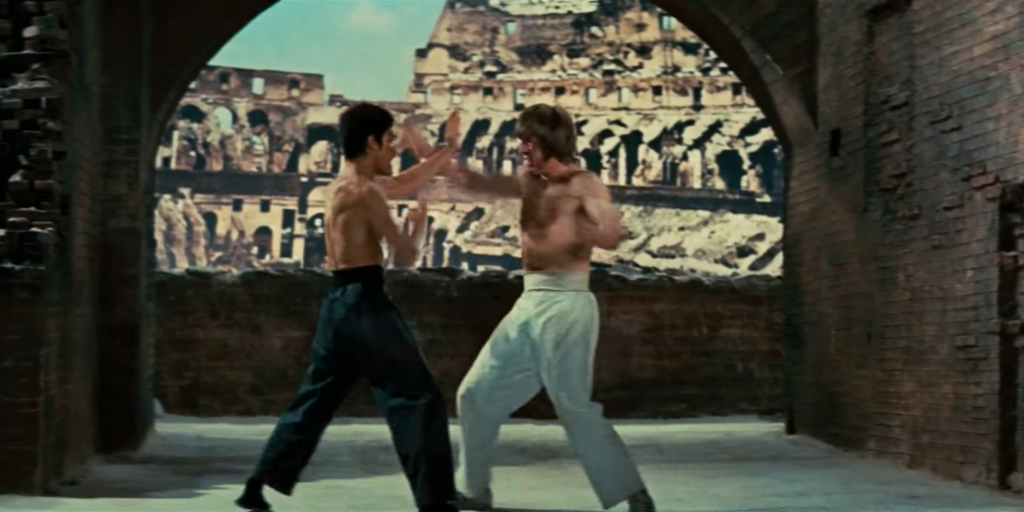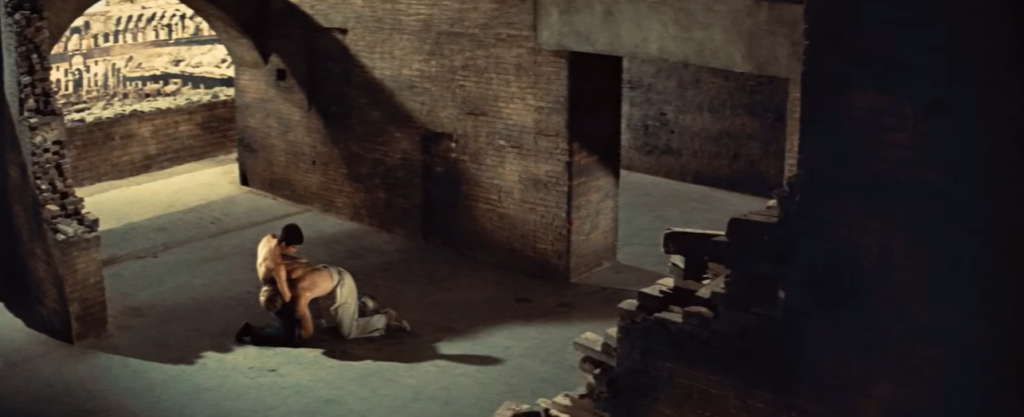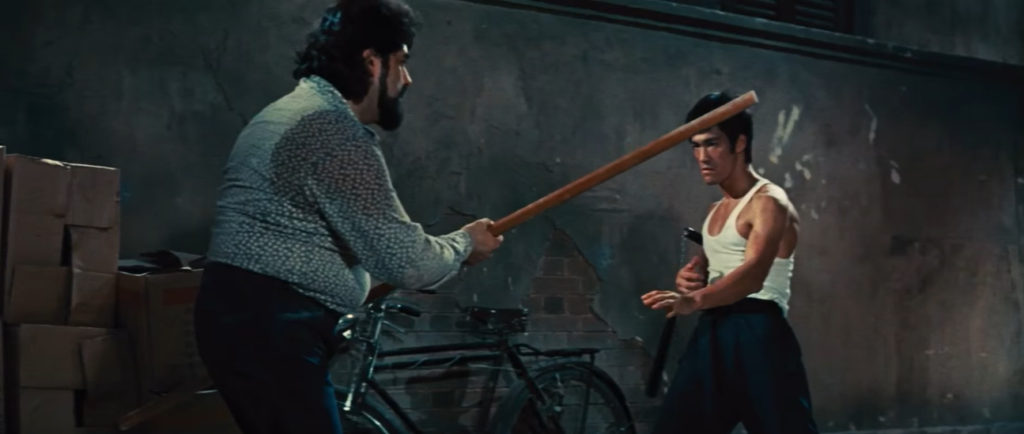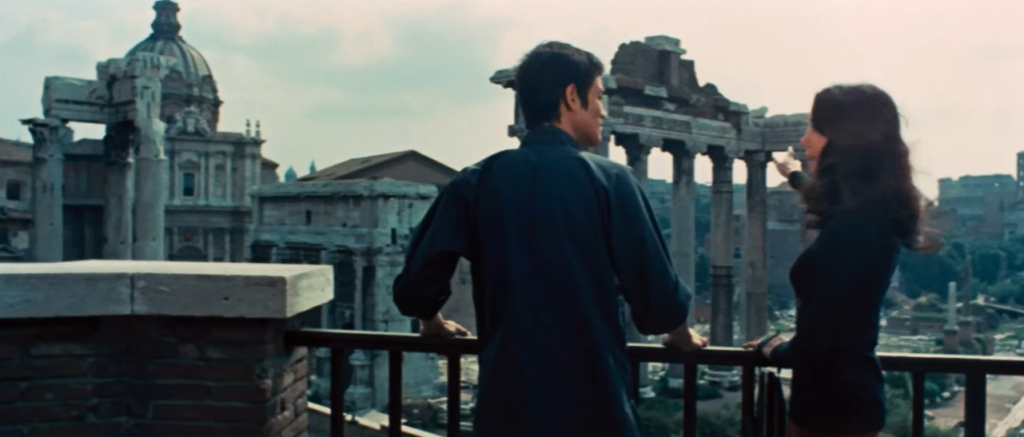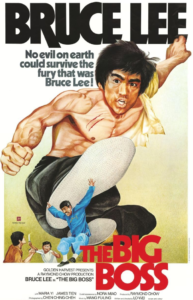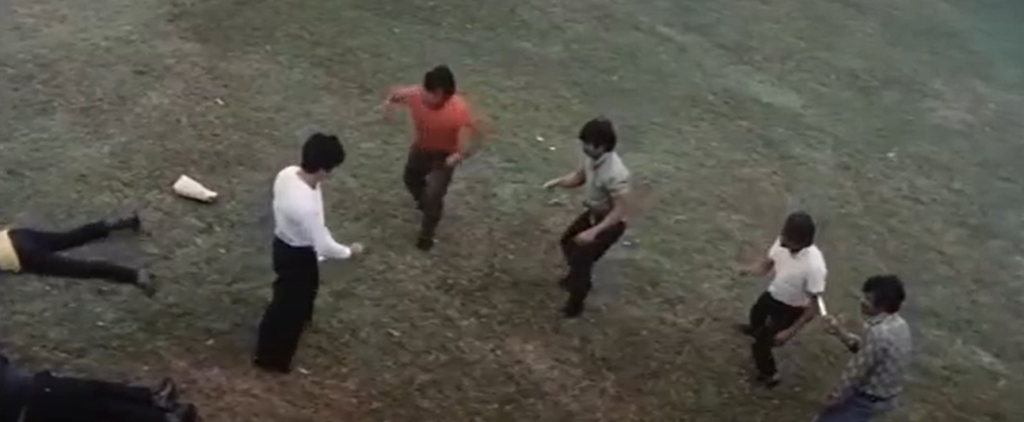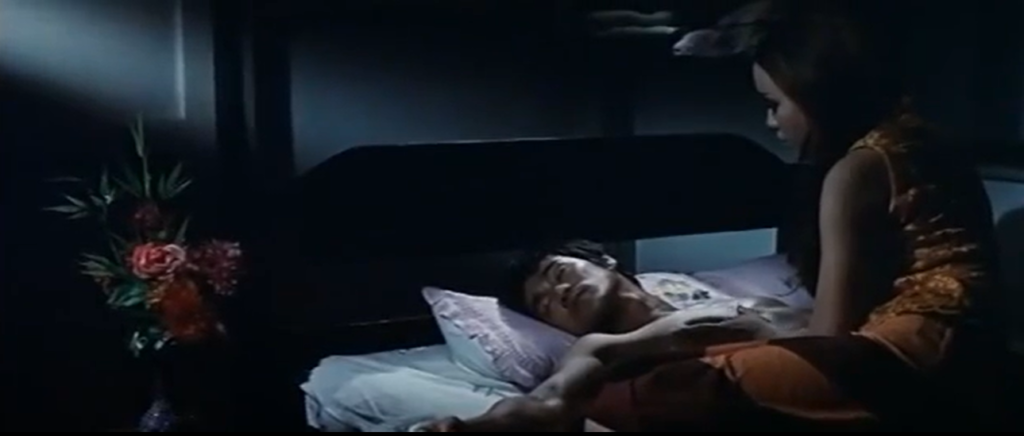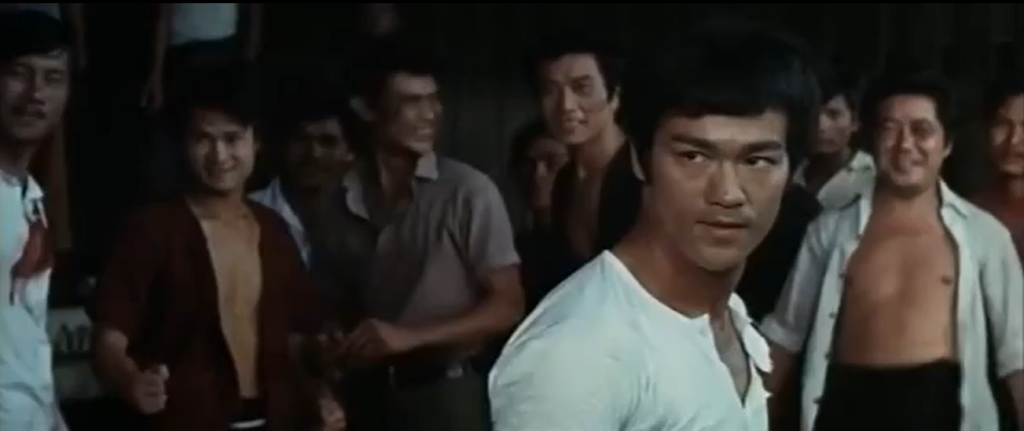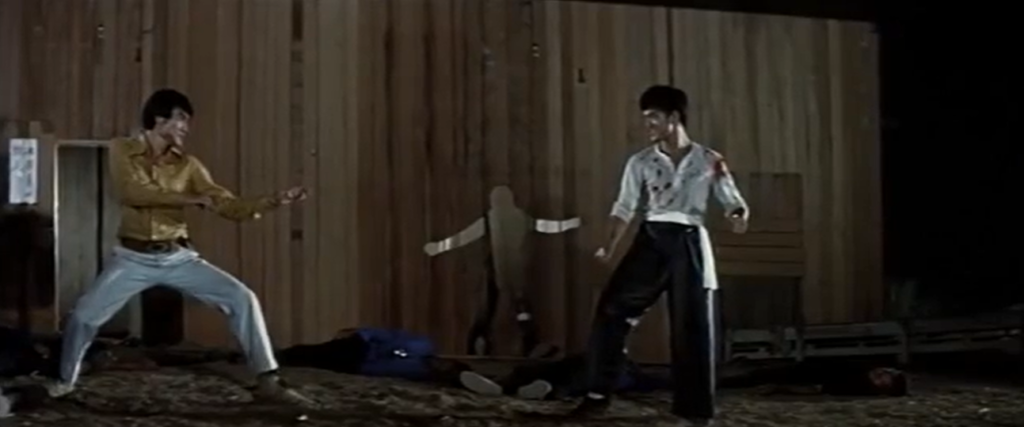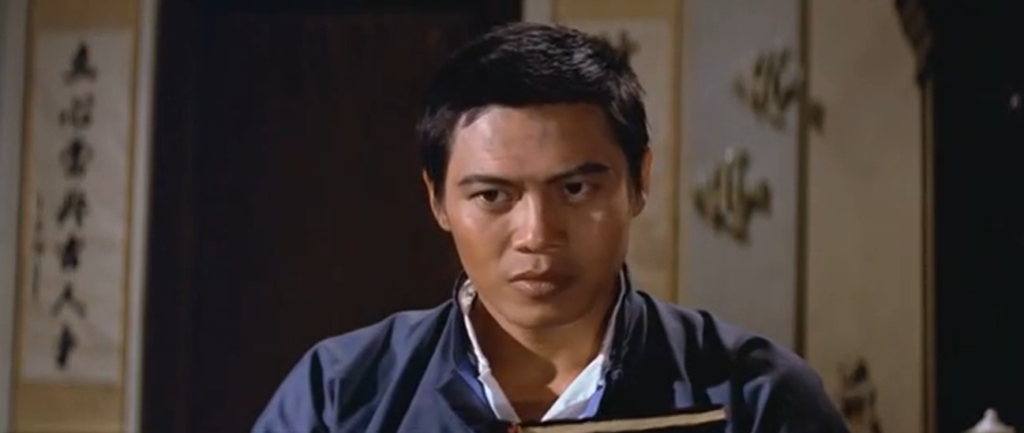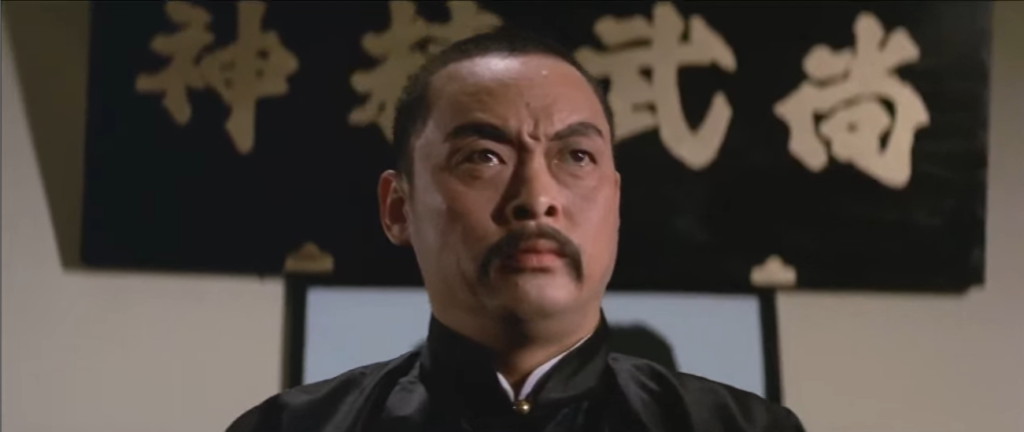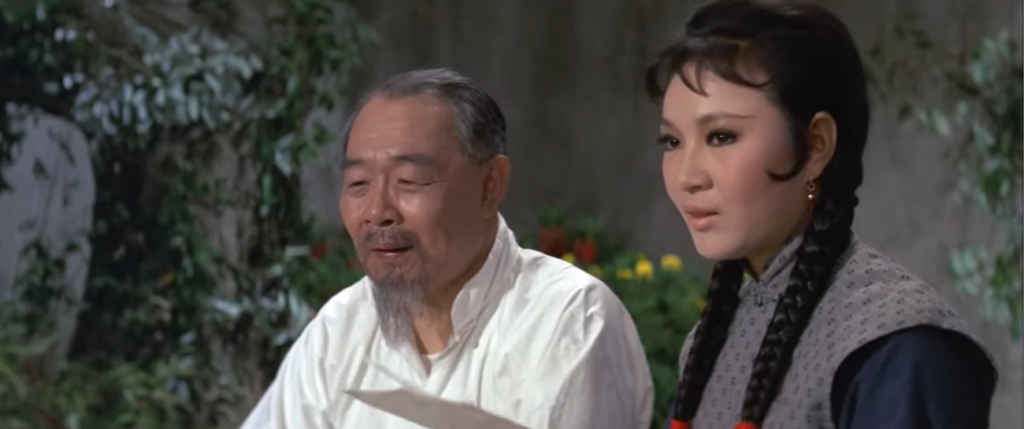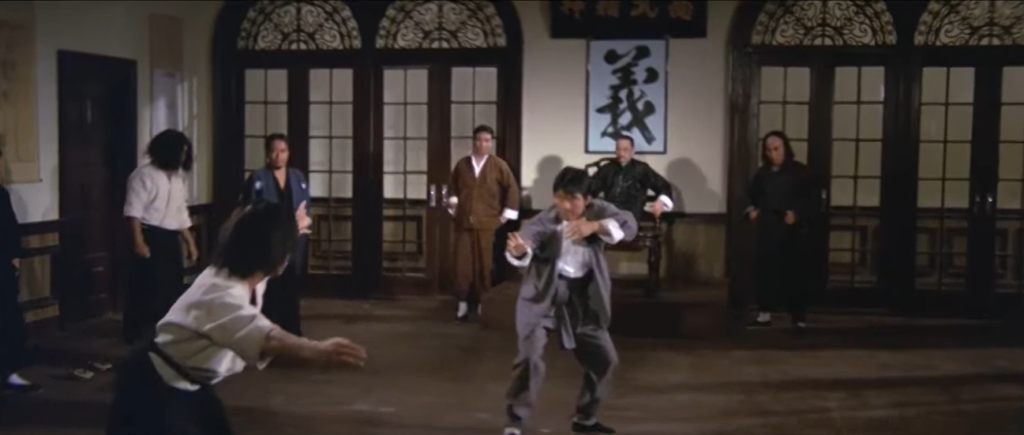|
Genres, Themes, Actors, and Directors:
- Angie Dickinson Films
- Arthur Penn Films
- E.G. Marshall Films
- Ensemble Cast
- Fugitives
- James Fox Films
- Jane Fonda Films
- Janice Rule Films
- Marlon Brando Films
- Miriam Hopkins Films
- Race Relations and Racism
- Robert Duvall Films
- Robert Redford Films
- Sheriffs and Marshals
- Small Town America
- Vigilantes
Response to Peary’s Review:
Peary writes that “the decline and fall of American society is the theme of Arthur Penn’s cynical cult film, which is probably why it’s more popular in Europe than in America” (I’m curious if this remains true). Peary points out that this film was “unevenly adapted by Lillian Hellman from Horton Foote’s novel and play,” telling an overly ambitious story “set in a small Texan town” where “characters… are meant to represent every segment of a sick society” — and while “many are believable,” there are also “many caricatures spouting cliches.”
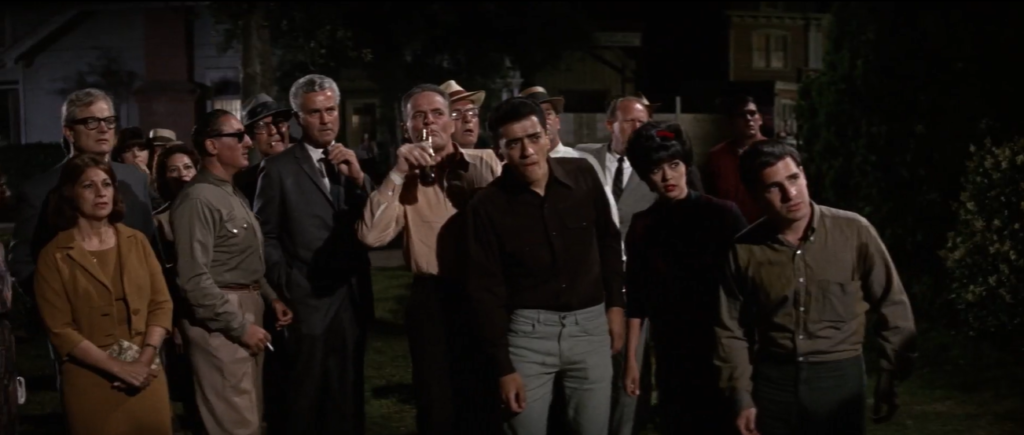
Among the motley cast we see “lawmen, lawbreakers, escaped prisoners; whites and blacks; rich, middle-class, and poor; faithful and unfaithful women; old people and youths (who have learned decadence and violence from the adults in town); [and] the decent and the corrupted.”


Peary points out that the “picture starts out… slowly,” with “three dull parties going on simultaneously, meant to show how the town is divided according to wealth and age.”



(Actually, the first party doesn’t begin until 36 minutes in, and the next two at around 50 minutes.) However, he asserts that the picture “becomes extremely exciting as the violence escalates scene by scene.” He points out as “truly powerful” (not to mention notoriously violent) the “scene in which Brando is beaten up by three ‘citizens’;” his bloodied face reminds one instantly of Terry Malloy in On the Waterfront (1954).
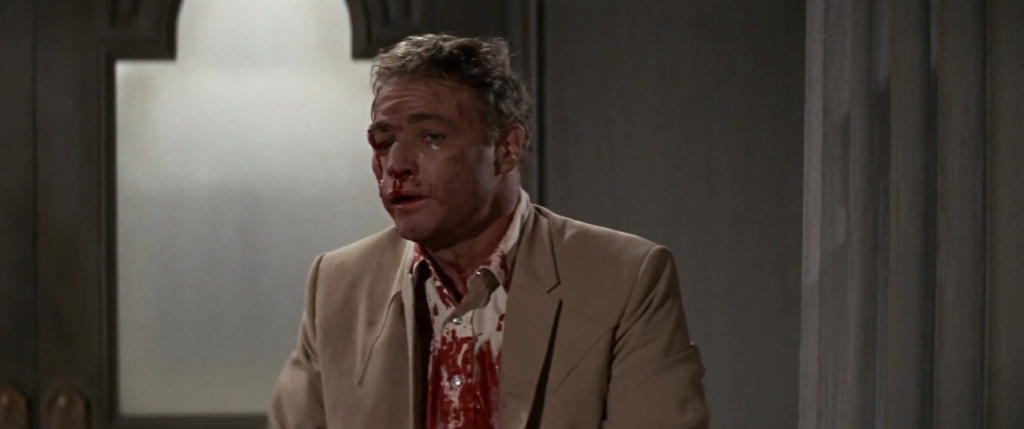
Peary notes that the “picture has strong characters and many interesting relationships, including that between Redford, Fonda, and… Fox”:

… and he points out that among the vast cast are “Angie Dickinson (who’s at her best as Brando’s wife)”:

… “E.G. Marshall (as Fox’s father, the rich man who runs the town)”:

… and “Miriam Hopkins (as Redford’s batty, stingy mother.”

Unfortunately, there is simply too much going on in this overcooked film, which was handled by too many screenwriters (neither Hellman nor Foote were happy), and purportedly didn’t reflect Penn’s vision, either (he wasn’t involved in editing at all, given producer Sal Spiegel’s heavy-handed approach). A subplot about a Black man (Joel Fluellen) being threatened and then imprisoned for his own safety is barely given any attention:

… instead simply adding to the overall tapestry of the town. By the end, when literal flames have erupted (thanks to reckless townsfolk), we appropriately despair for the state of humanity as reflected here.

Note: Interested viewers can read more about this movie in chapter 2 of Fiasco: A History of Hollywood’s Iconic Flops (2006) by James R. Parish, available through the Internet Archive. Yay for open access! For the record, other GFTFF-listed titles discussed in this book (which I have yet to read in full) include Cleopatra (1963), Popeye (1980), and The Cotton Club (1984).
Notable Performances, Qualities, and Moments:
- Marlon Brando as Sheriff Calder
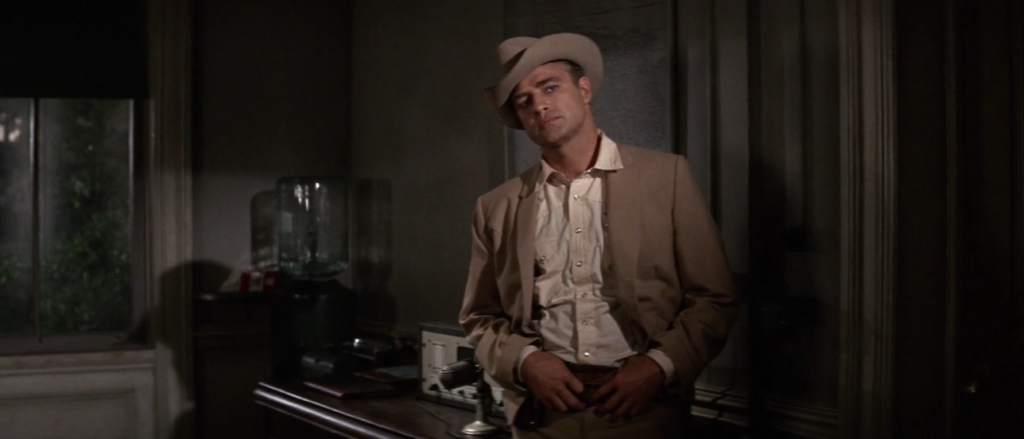
- Angie Dickinson as Ruby Calder

- Robert Duvall as Edwin Stewart

- Joseph LaShelle’s Panavision cinematography

Must See?
No, but it’s definitely worth a one-time look.
Links:
|
